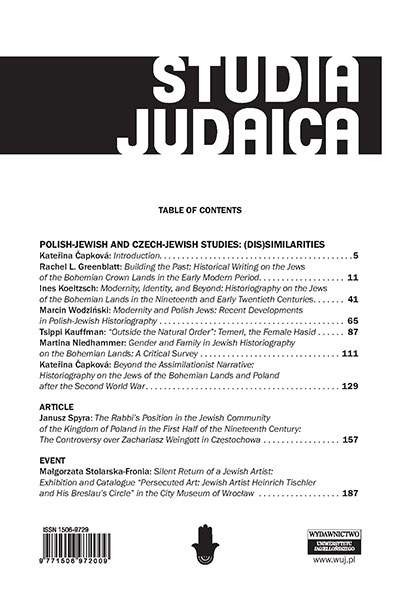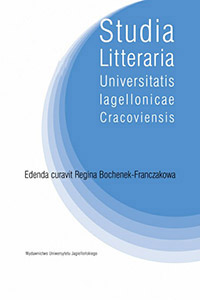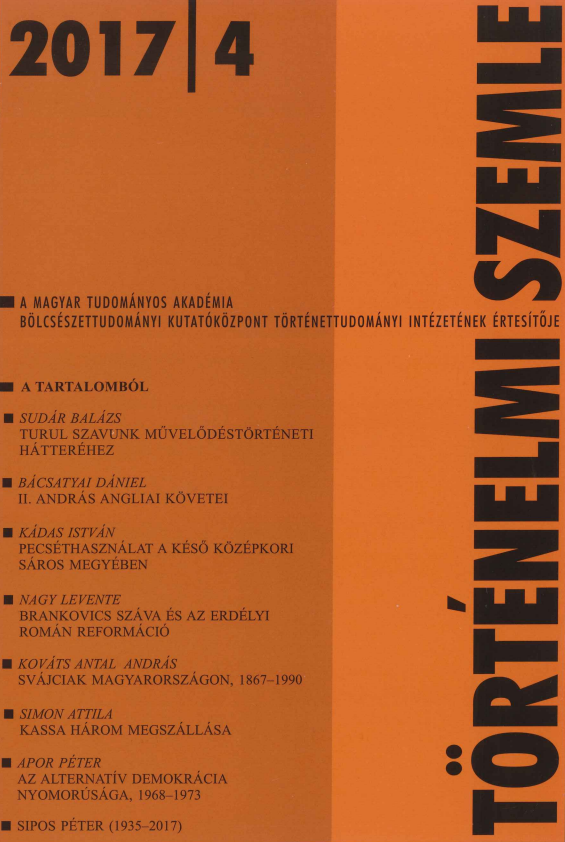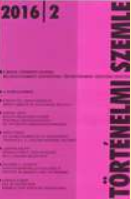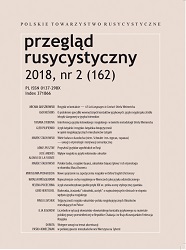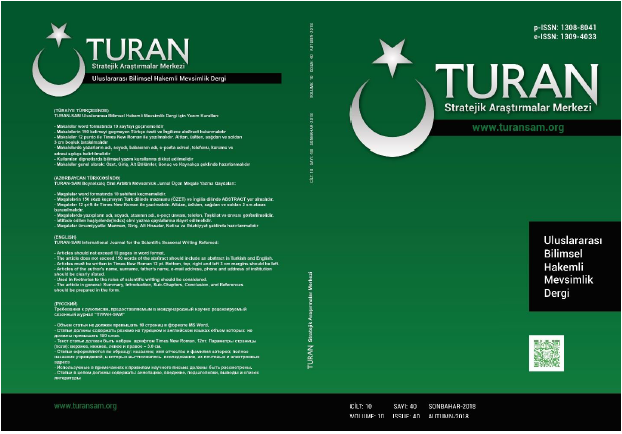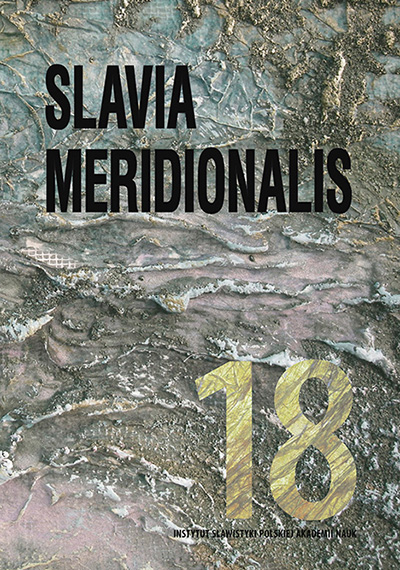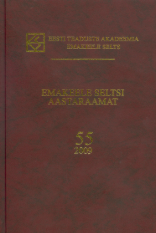
ALTERNATIIVSEID ETÜMOLOOGIAID IV KORI : KORJA, MELEK(AS), RAHE(-) JA RIKKUMA
The article presents new etymological interpretations of the words kori : korja ‘hearth’, melek(as) ‘stock pigeon’, rahe(-): rahejalg, kooljarahe ‘bier’ and rikkuma ‘to spoil, ruin, break, etc’. Kori : korja ‘hearth’ is a forgotten word in modern Estonian, which is known from northwestern Läänemaa as well as Hiiumaa. Nikolai Anderson suggested over a hundred years ago that kori belongs together with the Finnish word korju ‘bear’s (above-ground) winter lair’. Anderson’s comparison has been cited by Andrus Saareste as well as, with some hesitation, in Finnish etymological dictionaries. Julius Mägiste did not attempt to explain the word’s origin in his Estnisches etymologisches Wörterbuch. Due to both phonetic and semantic considerations, an etymological link between Estonian kori : korja and Finnish korju is impossible. I suggest that kori : korja is a Baltic loan from the word family represented in modern Baltic languages by Lithuanian kùrti (kùria, kū́rė) ‘to heat up, start a fire etc’, ùžkura(s) ‘oven full of wood; widower’, užkurỹs ‘man who has married a widow and moved into her home; man living in his wife’s parents’ house’. This Baltic word family has equivalents with fire- and hearth-related meanings in other Indo-European languages, e.g. Old Russian курити ‘to start a fire, ignite’, Old English here ‘fireplace, hearth, small oven’ and the stem variant with a final dental consonant heorð ‘hearth, fireplace, home etc’. Kori : korja presumes a Baltic loan base with the stem i̯a-, *kuri̯a-, presumed original meaning ‘fire, fireplace’. Melek(as) ‘stock pigeon’ occurs sporadically in different parts of northern Estonia. This bird name has been seen as onomatopoetically motivated (Andrus Saareste, Mart Mäger, and with hesitation Alo Raun), a view which has been rejected by Julius Mägiste. Another suggestion is that melekas derives from a common Finnic-Mordvin stem, in which -l- may have developed from the affricate *č, cf. dialectal Finnish mettinen ‘turtle dove’, Erzya Mordvin m´eče, m´eča ‘dove’ (Y. H. Toivonen, Mikk Tooms), but Mägiste is skeptical of this explanation as well, and sees the word as more likely a contamination of mehikas ~ mehekas ‘wood dove’ + meltsas ‘green woodpecker, wood dove’. I argue that the explanation of the origin of the word melek(as) must take into account the observation of the Lithuanian linguist, who in the 1880s-1890s drew a parallel to the Lithuanian bird name meletà ‘Picus viridis, Dryocopus martius, Merops apiaster, Coracias garrulus; chatterbox, sweet-talking person’. Baltic *melatā ~ *meletā is etymologically related to the Balto-Slavic word family *mel- ‘to rub, grind; chatter’: Lithuanian málti ‘to grind; speak too much, blather, prattle’, dialectal Russian мелея́ ‘grinder; blabbermouth etc’, dialectal Belarusian мэ́ лю́х ‘lblabbermouth’. Phonetically, there is no reason not to accept the Baltic etymology. The final syllable *-tā of the Baltic loan base has been replaced by the very productive affix k(as), which appears in many bird names. (k)rae- in the compound words (k)raejalad, (k)raepuud ‘trestle table, stretcher, barrow’ derives from the Low German schrage ‘(transverse) stand (with two pairs of crossed legs) etc’ (Udo Uibo). According to older lexicography, Estonian has known the compound words kooljarahe and rahejalg ‘bier, coffin base’, which are not related to the aforementioned Low German loan base, because in Low German loans in Estonian, word-internal -g- is replaced by the partially voiced medial stop -g-, in some cases also -j-, but never -h-. Mägiste has presumed that rahe(-) is related to the Finnic word family rahi: Courland Livonian ra’i ‘chair’, dialectal Finnish rahi : rahin ‘bench with no backboard; stool etc’, Ingrian rahi ~ rähi ‘bench, stove-bench etc’, North Karelian rahi ‘bench’. I propose a Baltic etymology for the word rahi: < Baltic *krasi̯a-, cf. Lithuanian krãsė ‘chair, reclining chair, stool; low footstool; seat’, krasià ‘sofa-like wooden bench with backboard; (reclining) chair; standing/walking chair for a small child; footrest etc’. This Baltic stem has plausible etymological correspondences only in Eastern and Western Slavic languages, e.g. Russian крéсло́ ‘armchair, reclining chair, backrest in a sleigh’. An analogous substitution, i.e. Finnic h < Baltic *s, is e.g. Estonian lahja ‘lean, thin’, dialectal lahi, laih, Finnic laiha etc < Late Proto-Finnic *laiha < Early ProtoFinnnic *lajša < Baltic *laisa-. Estonian rahe ‘hail’ has conformed to other nouns ending in e. Rikkuma, in dialects also rikkima, rikma ‘to break, ruin, damage, smash, destroy; negatively influence someone; decay, deteriorate; (dialectally) go bad, become spoiled’ is a wide-ranging word family found in all Finnic languages: Finnic *rikkoi- < Early Proto-Finnnic *rikka. A Germanic etymology has been proposed for it (Christfrid Ganander 1787), which is rejected by etymological dictionaries of Finnic languages. Another rejected explanation is that of Lauri Hakulinen, who suggested that it is related to the word family rikka : rikan ‘dust, scrap, litter’. I propose a Baltic etymology for this Finnic verb stem, deriving from either 1. Baltic *rika-, on the successors of which are Lithuanian rìkti (riñka ~ reñka ~ rinksta, rìko) ‘to disintegrate, break into pieces, be crushed; to be wrong, confuse, err, act wrongly or imprecisely (e.g. when speaking or enumerating), stumble’, aprìkti ‘to confuse, mix up, garble; to be wrong, do something wrong etc’ or 2. Baltic *trika-, the successors of which are Lithuanian trìkti (triñka, trìko) ‘to be wrong, make a mistake, stumble, get stuck (when speaking, enumerating, etc), stutter; disintegrate; break, be ruined; to be ruined, go out of order (e.g. health); to prematurely give birth; to go crazy, lose one’s mind, rave; to get rabies (of dogs); to get angry; to get confused, puzzled; to engage in mischief, act strangely, impolitely; bother, disturb, annoy etc’. Phonetically, the German and Baltic loan bases are equally plausible, but semantically the Baltic explanation is a better fit. The core meaning of both the Baltic and Finnic word families is ‘to do material damage (i.e. break, ruin)’, from which (likely independently of one another) the other semantic lines have branched off.
More...
